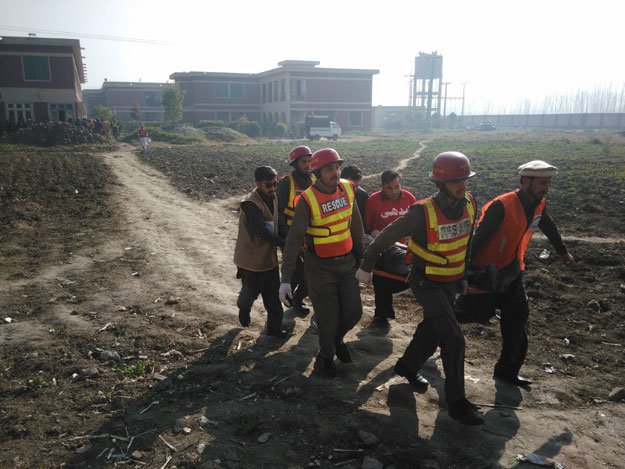
Terror in India: Gunmen mount brazen attack on Indian air base
The Indian Air Force is seemingly opposed to Pakistanis visiting the ‘strategically sensitive location’ of the crime scene ie a residential area near an air base, which can be easily sketched using Google Maps. But the investigations can’t be credible without establishing certain facts on the ground. As per Premier Nawaz Sharif’s commitment to his counterpart, Pakistan has conducted raids and arrested some suspects too.
A one-sided story
When the US President or his French counterpart pressurise Pakistan for quick action in investigations, they deliberately tend to presume that Islamabad should believe the Indian version of the story, the authenticity of DNA tests of the attackers, the recorded telephone conversations and the Jaish-e-Mohammad (JeM) letter the attacker carried along for the comfort of traditionally laid back security personnel at the air base.
Rewind to 1965 and you’ll know that the Pathankot base security forces were caught napping in the middle of the war. In what turned out to be a cakewalk, the Pakistan Air Force’s two Starfighters and eight F-86 Sabres destroyed a dozen modern fighter jets on the ground. There was no consolation prize for India as all aircrafts returned unscathed.
Another militant killed at Indian air base on day two of shootout
Pathankot’s depressing history notwithstanding, India holds a very weak case for a fair and transparent probe into the attack. Let Indian media reports and statements or leaks by officials be the guide, the entire anti-terror operation is marred with confusion and contradictions. For example, two terrorists killed while crawling towards the hangers on the second night turned out to be pigs. The Indian leadership alleges that terrorists came from Pakistan but its Border Security Forces deny any infiltration. The Indian media has extensively covered attack-related raids conducted in the Punjab province, with suspects mostly being Sikhs, including police officials. The gulf between the claims and actions of the Indian side is becoming too hard to bridge with credible facts.
Examining all the facts
Given the extent of vendetta and mistrust on both sides, such investigations require a proper mechanism for joint probe. No such confidence building measures (CBMs) exist that allow the other side access to a crime scene in case of suspected involvement from across the border. The Mumbai terror attack investigation too fell prey to India’s refusal to let a Pakistani team study the crime scene independently. As for the Pathankot episode, it’s already too late for joint investigations to start.
Typically, India is pressurising Pakistan to accept its evidence as legitimate and follow the leads. It’s puzzling that India refuses to accept that a set of Kashmiri organisations teamed up to launch the attack on a strategic air base. Countless times, Indian military installations have come under attack from Kashmiri militants. Probably, the Modi government is bidding to deny limelight to the disputed Jammu and Kashmir state by acknowledging the United Jihad Council claim. It is instead blaming it on JeM which serves Delhi’s foreign and security policy interest better.
The NGOs promoting track-II diplomacy and central Punjab’s trade lobby have been quick to buy the Indian verdict as live coverage of the Pathankot operation began. Preoccupied with domestic terrorism, the Pakistani media too has not delved deeper and conveniently covered the allegations against JeM militants. Little effort was made in listing other likely perpetrators.
Two Indian Air Force men killed in attack on airbase near Pakistan
Waiting for closure
The Pathankot attack investigation is facing problems similar to the Mumbai probe. India blamed Pakistan and exerted every pressure possible to impose its version. There has been no closure of the Samjhota Express case either.
Depending on which side of the border you are from, accusing ISI or RAW for attempting to derail resumption of composite dialogue – recently named as comprehensive dialogue – comes handy. In reality, there can be no denial of extremist outfits and hyper-nationalist figures on either side, who can take matters into their hands.
Islamabad and Delhi need a special set of CBMs directed at probing terror attacks such as the Samjhota Express, Mumbai attacks, PNS Mehran, PAC Kamra, Pathankot or Bacha Khan University. Else, the dialogue process will continue to be hostage to clandestine non-state actors, intelligence agencies and media trials. The biggest CBM will be institutionalisation of the bilateral dialogue lest an all-out war breaks out.
Naveed Ahmad is a Pakistani investigative journalist and academic with extensive reporting experience in the Middle East and North Africa. He is based in Doha and Istanbul. He tweets @naveed360















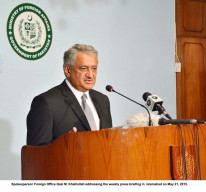
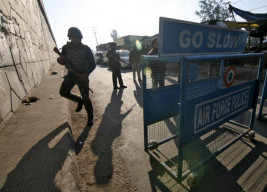
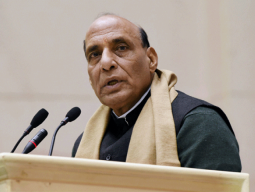
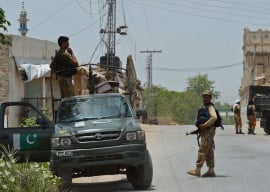
1713889672-1/Plastic-waste-(2)1713889672-1-270x192.webp)
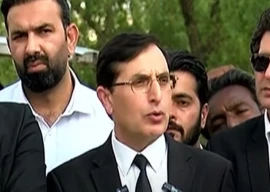


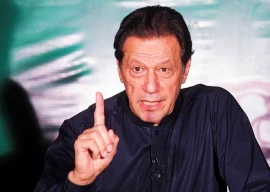



















COMMENTS (7)
Comments are moderated and generally will be posted if they are on-topic and not abusive.
For more information, please see our Comments FAQ